
 The BWTC ... a world-first for Atkins.
The BWTC ... a world-first for Atkins.
With impressive names such as the Burj Al Arab and the Jumeirah Beach hotels in Dubai in its portfolio, the UK-based Atkins’ Middle East arm continues to create ground-breaking designs for a number of landmark projects in the region.
The practice has recently celebrated a world-first, with the installation of the 29 m-diameter turbine blades on the 50-storey Bahrain World Trade Centre (BWTC) towers in Bahrain, the world’s first commercial building to incorporate wind turbines to generate electricity.
Next on its programme is yet another path-breaking project – a low carbon commercial building – which aims to reduce its total energy consumption by up to 65 per cent and water consumption by up to 40 per cent. Currently in the concept stage, the Lighthouse is a 400 m luxury office tower with a gross floor area of 900,000 sq ft in the heart of Dubai International Financial Centre (DIFC).
As the third largest global design firm, it’s no surprise that Atkins is enjoying unparalleled success in the region's buoyant market. Well-known as a leading international provider of technology-based consultancy and support services to the industry, commerce and governments in all of the world's major economies, Atkins today employs over 16,000 staff throughout Europe, the Middle East, Asia Pacific and the Americas, providing a comprehensive service throughout the entire lifecycle of a project.
Atkins has been active in the Gulf area since 1967, established its first local office there in 1979 and today operates with more than 2,000 personnel located in Dubai, Abu Dhabi, and Sharjah (UAE), Oman (Muscat), Qatar (Doha), Bahrain (Manama), Kuwait (Kuwait City), and India (Bangalore).
“As one of the parent company’s major business streams, the Middle East unit mirrors what the Atkins Group does best – providing a portfolio of skills in a multidisciplinary approach, which sets it apart from its single discipline rivals,” says a spokesman for the firm. “This allows the company to work with a client from the very outset of a project to the final end delivery across a diverse range of project types. Whether it is conducting feasibility studies and implementing environmental impact assessments, providing full architectural and engineering design services for the hotel and leisure sectors or detailed design for the transportation or oil and gas sectors, Atkins has demonstrated its versatile design capabilities across a wealth of market sectors.”
As it looks forward to celebrating its 70th anniversary in 2008, Atkins Middle East now contributes significantly to a business that has seen its overall growth climb to an annual turnover in excess of $2.5 billion. The group operates with eight main business streams with service provision in the Middle East primarily concentrated on: masterplanning, environmental design services, road and rail transport engineering, civil engineering, building design, construction supervision, oil and gas, airports and industrial design and site supervision.
In addition, Faithful+Gould – an entirely-owned subsidiary of Atkins – offers local constructive expertise across a comprehensive range of project and cost management services including whole life cost management.
“Throughout the company, we plan, design and enable our clients’ capital programmes,” explains Atkins regional managing director, Tim Askew. “Whatever the expertise required, our multidisciplinary professionals can offer a total design, programme and management solution and, through smarter working, innovative thinking and new technologies, optimise the long-term performance. Whilst architecture is the visual manifestation of many of our projects in the region, we have a very strong and diverse engineering capability that underpins the overall success of our projects. We can do what others can’t do,” he stresses.
With a business strategy focused on the continued rise of standards of excellence, as well as setting new benchmarks for the industry as a whole, part of its current focus is to be at the forefront of sustainable design in the built environment. Atkins puts sustainability high on the agenda in every project it undertakes in order to deliver long-term benefits to the communities in which it operates, he adds.
This is done via a two-pronged approach. The first is in practical application, where the company has invested in employing in-house sustainable design consultants who work closely with architects and engineers to assess which environmental initiatives can be incorporated into projects. The second is via its links with academia, investing in education through it current partnership with the British University in Dubai (BUiD). Here, Atkins makes a leading contribution to research in the field of sustainability in the built environment through its funding of BUiD’s Institute of the Built Environment, and sponsorship of the chair, a research associate and six scholarships.
BUiD recently became Atkins’ global academic partner, a landmark agreement that is part of an international awareness programme on sustainability in construction, aimed at highlighting methods of introducing key sustainability concepts in every aspect of building (including materials, design and structure).
But it’s through its innovative, ground-breaking design on real projects that the firm is currently best known in the region. "The 240-m-high BWTC office complex showcases a particular technology that is set to become a very important component of sustainable design in the future. As the building approaches completion, the blade installation represents a pioneering stride for environmental architecture and is a culmination of over three years of intensive research and development by Atkins’ architects and engineers in association with Danish turbine specialists. The building is the first in the world to incorporate large-scale integrated wind turbines which – as comprehensive ground tests indicate – will generate 11 to 15 per cent of the energy requirements of the two towers. It is a live demonstration of Atkins’ expertise in realising all aspects of such a unique project, from concept design right through to site delivery,” says the spokesman.
As the company plays to its strengths, it is now reaping a reputation as the region’s pre-eminent rail consultant, distinctive in being able to deliver world-class rail expertise in the region from a local base. This is exemplified by its rapid mobilisation in resourcing its current activities on the Dubai Metro project. Since Atkins’ appointment as the main consultant for design and programme management for all the civil works under the appointed contractor, a Japanese-Turkish JV consortium, the project has overcome early transitional problems and is now well ahead of programme.
Having built on, but not resting on, its strong reputation for architectural and engineering prowess, the Middle East business sees a strong future in the masterplanning and infrastructure sectors. Here, it has established notable success with the 20 sq km Durrat Al Bahrain resort development where it has provided technical excellence and added value over the full range of masterplanning and development requirements, from all infrastructure and bridge design to the architectural design of the resort villa residences.
Some of its other projects in the Middle East include DESC Commercial Tower, Al Shafar Development, Trump International and Dubai Flower Centre in Dubai in the UAE; Al Jazeera Club Tower in Abu Dhabi; Al Rajhi Towers in Riyadh in Saudi Arabia; Barr Al Jissah Hotel and Spa in Oman and Al Sharq Office Complex in Kuwait, among others.



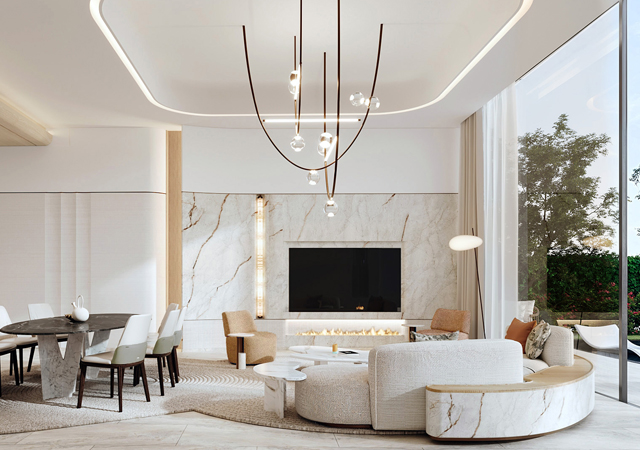
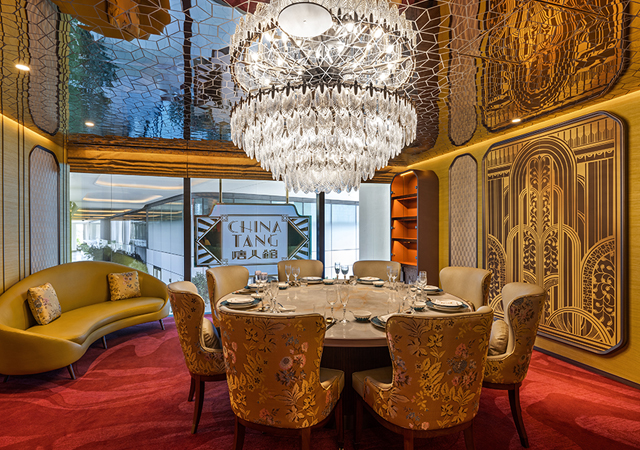
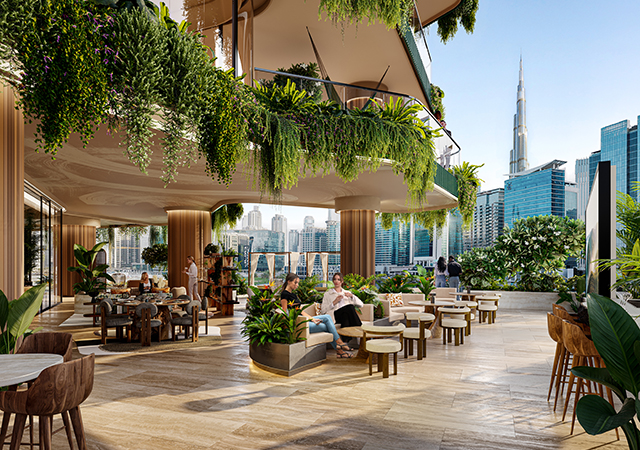
.jpg)


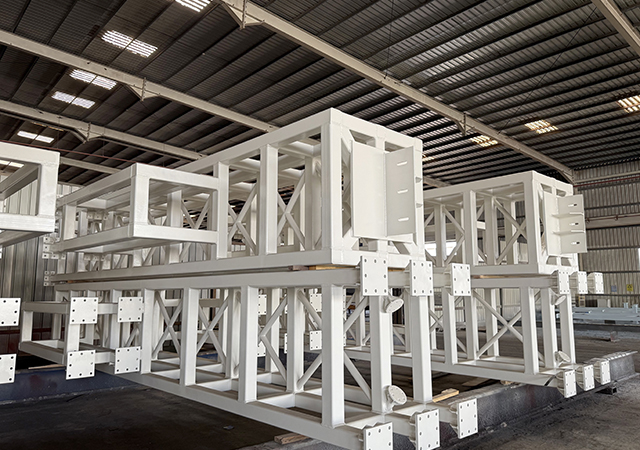




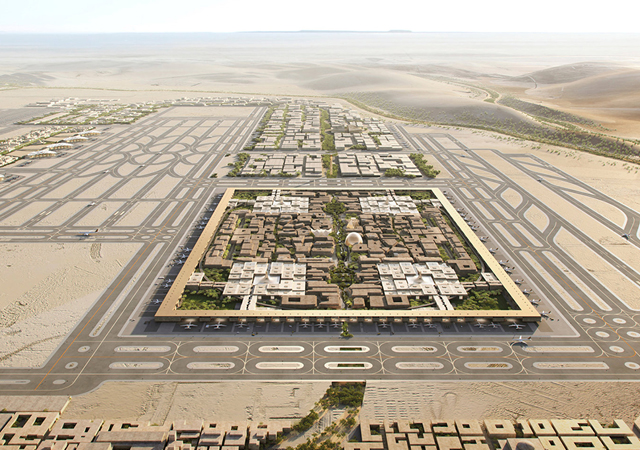
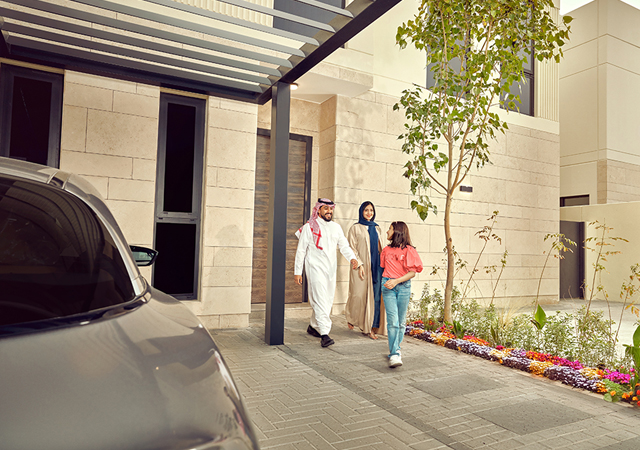
.jpg)
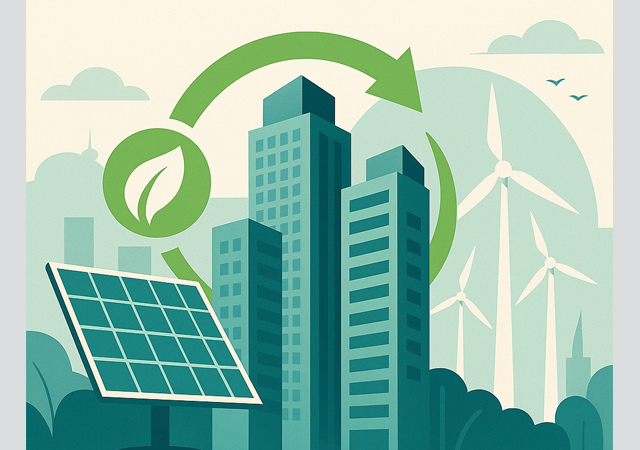



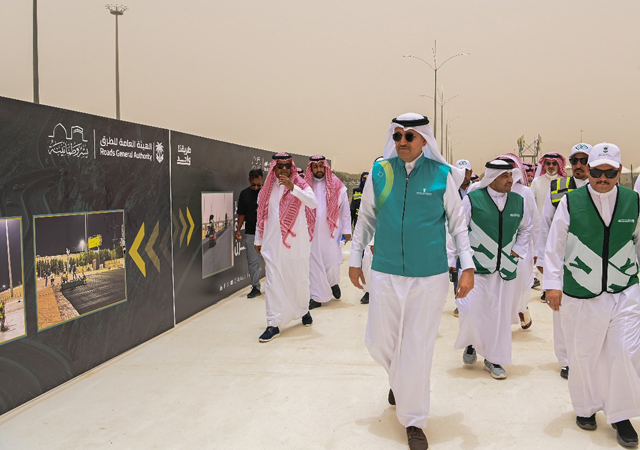

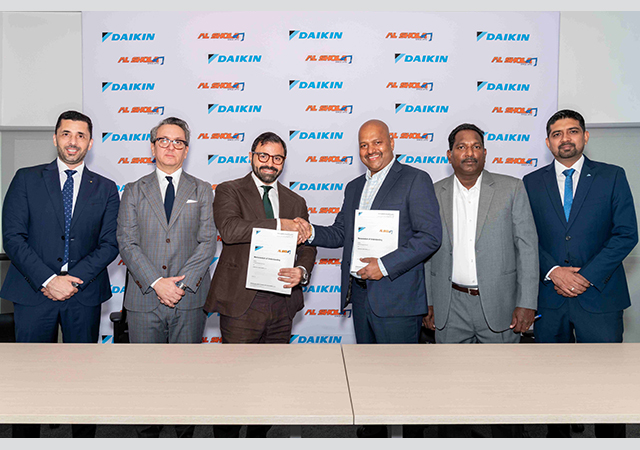

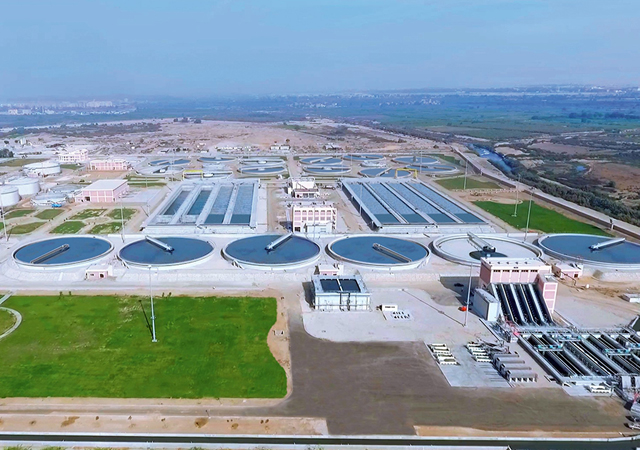
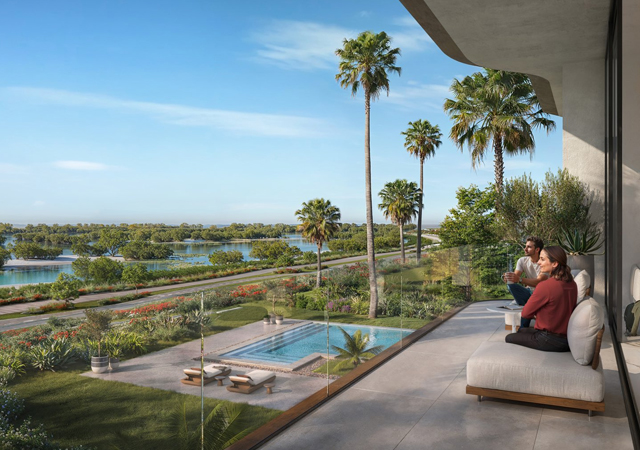
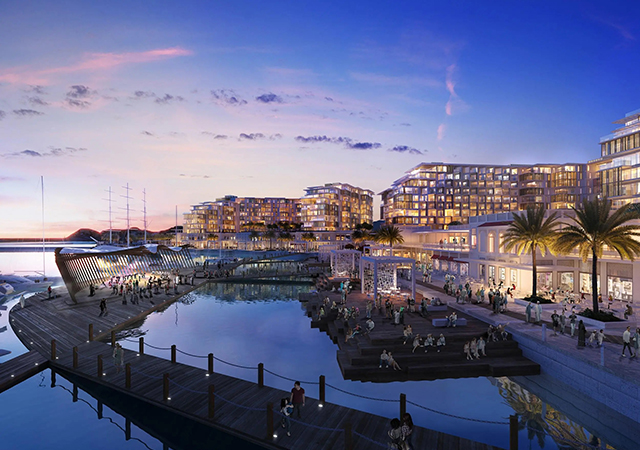

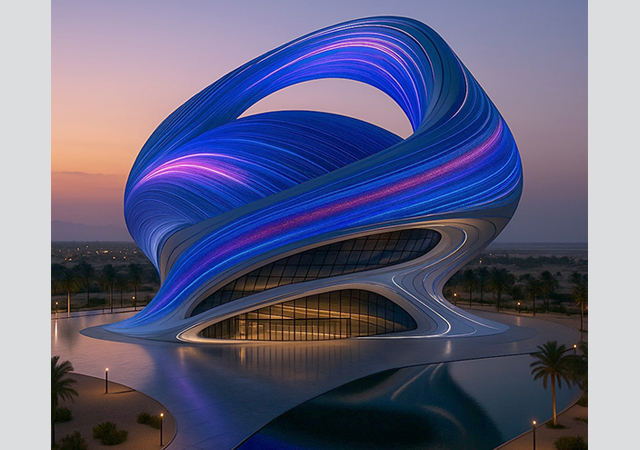

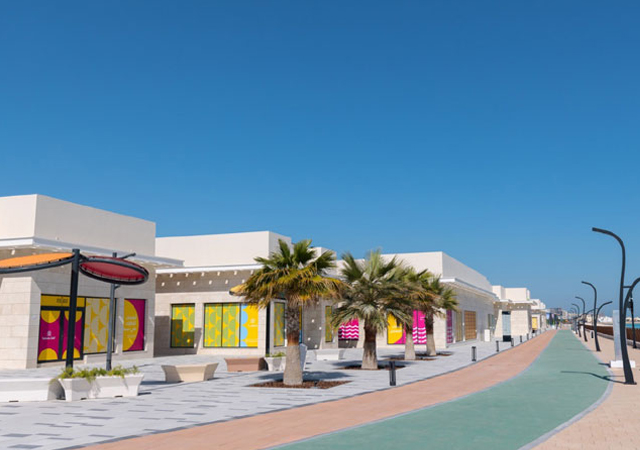

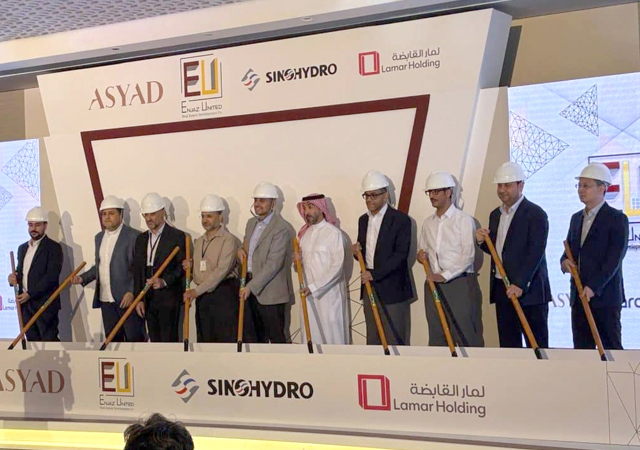
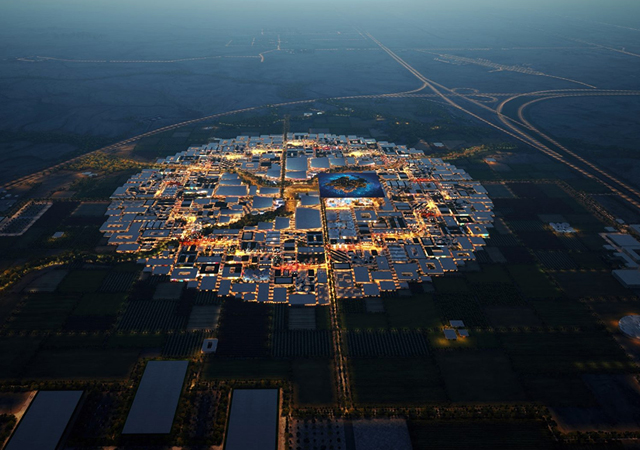
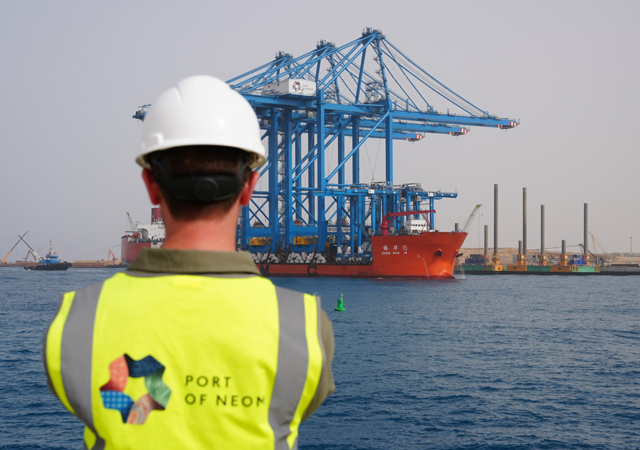
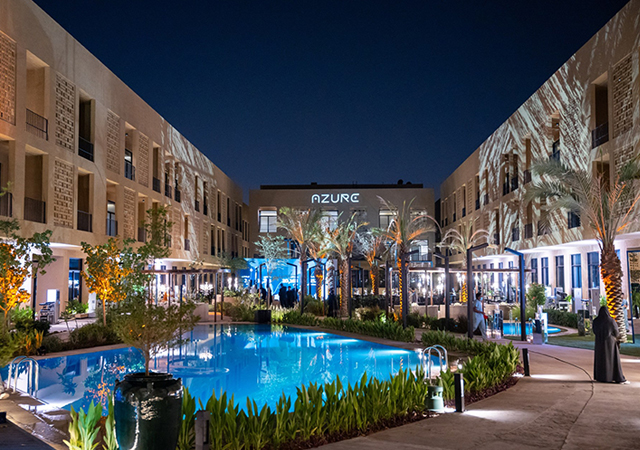
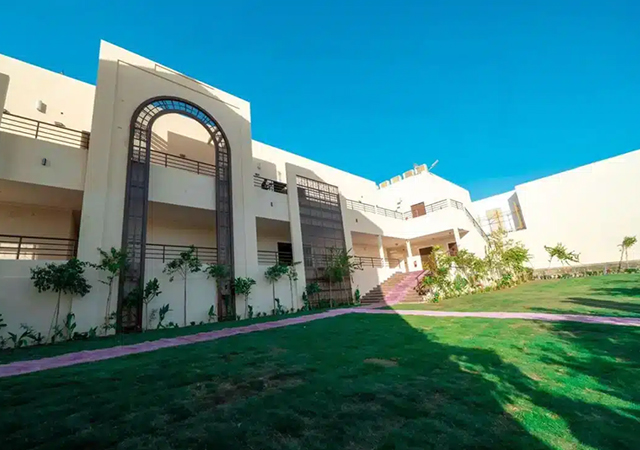


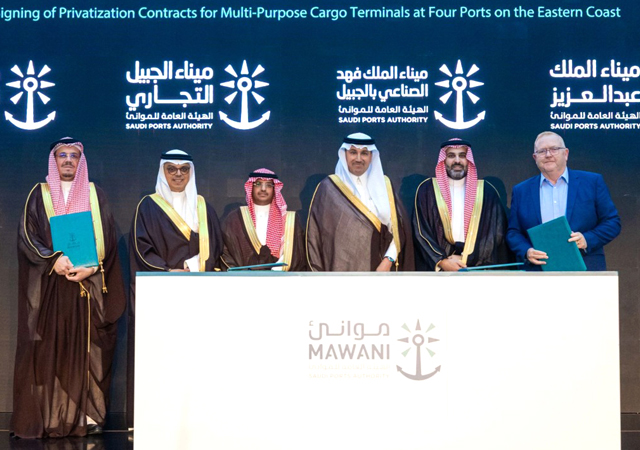
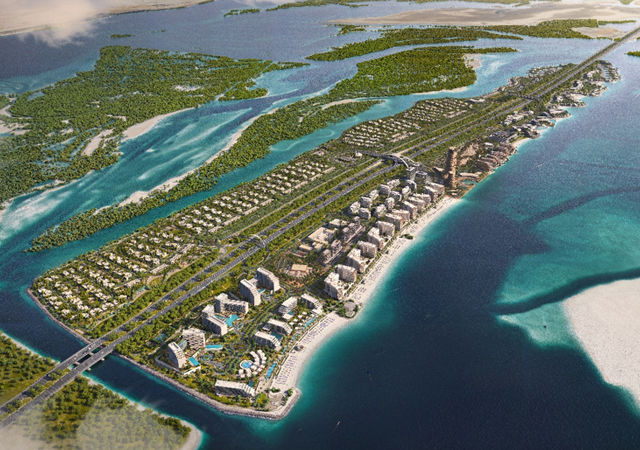

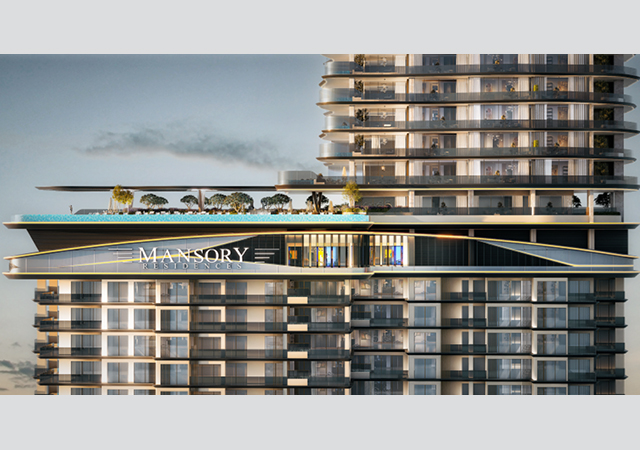
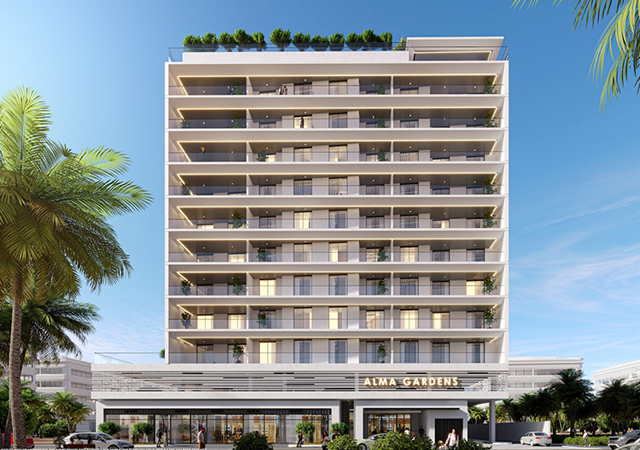

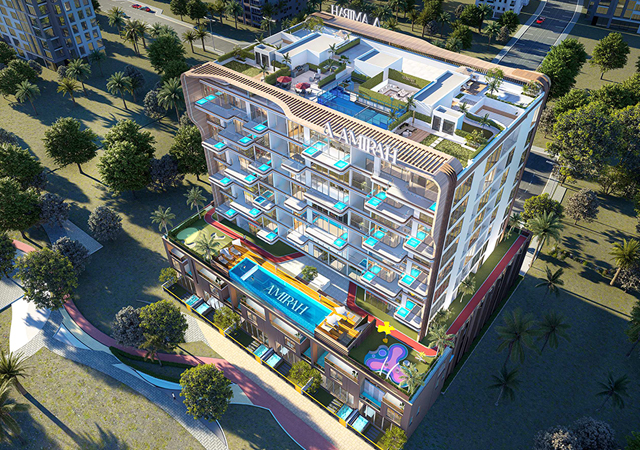
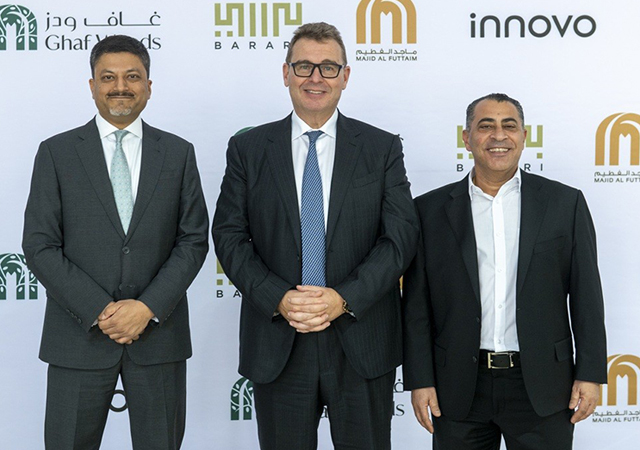
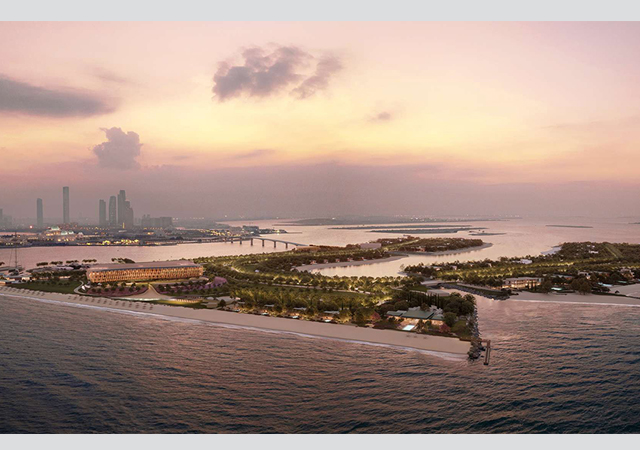
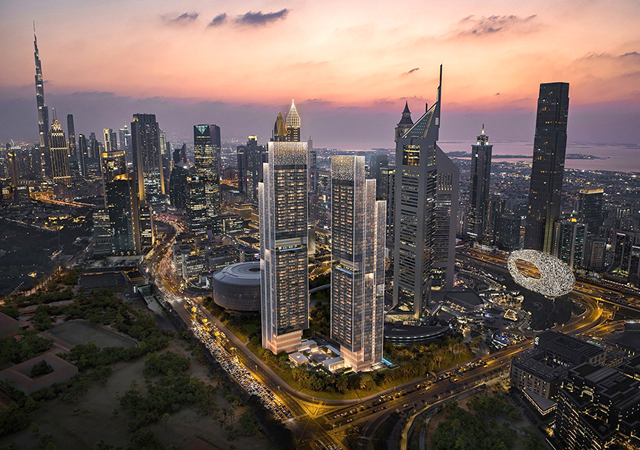
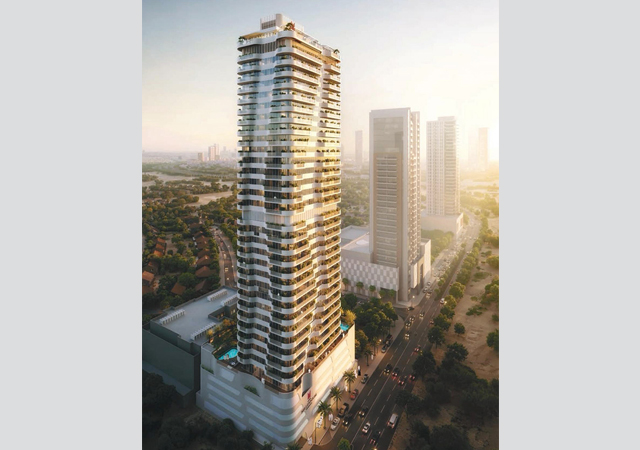
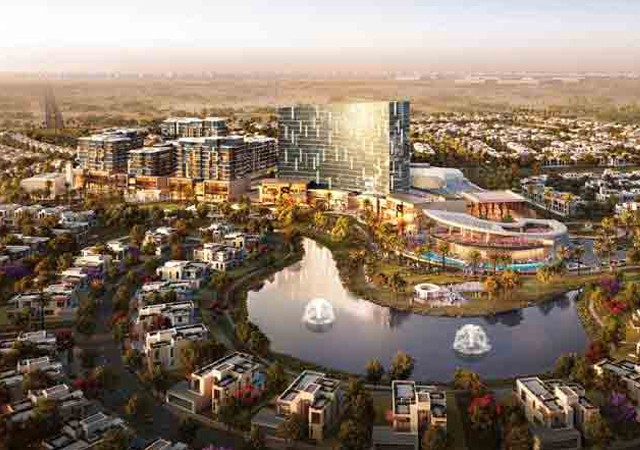
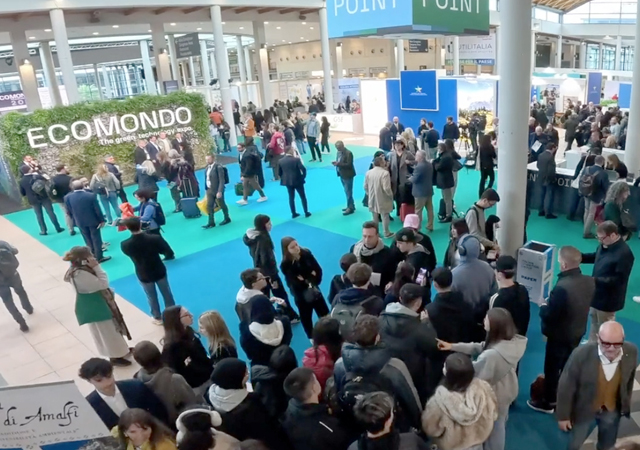
.jpg)








